SEARCH






|
|
|
|


by Editor Miro Susta
Choosing a perspective is the ability to position oneself freely in space and later give the viewer exactly the impression that one has perceived as a photographer on site.
As early as the Middle Ages, painters used perspective to create beautiful paintings.
In photography, perspective is one of the most important design tools for photographers. .
It doesn't matter whether you shoot with an expensive reflex camera or a simple snapshot camera. Everyone can and should consciously use perspective wherever possible.
But what is perspective and how can I influence it?
Perspective is, by definition, a summary of all possibilities to depict something three-dimensional in two dimensions. When photographing, you can change it by choosing your point of view.
There is a widespread opinion that the perspective can be changed by choosing a different focal length. However, the focal length has nothing to do with perspective, even if it can lead to different perceptions.
Now, enough theory, let's move on to practice. Since this is the most common perspective, I would like to start with the normal perspective, also called the central perspective.
You achieve this by simply photographing a subject at "eye level". The photograph is usually taken with a normal lens, whose focal length of approximately 35-80 mm, about the same as our angle of view. Here are few examples.
However, when photographing children or animals, you may need to get down on your knees to photograph them from the normal perspective.
With a single vanishing point perspective, we mainly perceive flat objects. Not only those that extend across the surface below and in front of our feet, but also vertical walls, high buildings and structures.
Perspectives with only one vanishing point can develop a true depth draft, especially when captured with a wide angle.
An example of a horizontal perspective with a vanishing point that extends into the distance (depth).
Perspectives with multiple vanishing points usually generate extremely dynamic views.
The diagonal perspective usually makes shots more spatial, dynamic and exciting. Especially when wide-angle focal lengths are involved.
The perspective from above, the so-called bird's eye view, is very popular with photographers. The world from a bird's eye view presents itself in a new and exciting way. Here are a few examples.
From top to the ground, to frog's perspective, here everything falls below normal eye level. It makes objects appear long and large. In extreme cases, a relatively small building can look like a large skyscraper when photographed from the perspective of a frog.
With an extreme frog's eye view like this, the motif seems even more impressive than it already is.
In portrait photography, the diagonal angle of view usually emphasizes the physiognomy of the faces more clearly than the front view.
However, portraits in which the person portrayed does not look into the camera touch us less than portraits in which the person portrayed looks at the viewer.
When a person looks us directly in the eye, we can hardly withdraw our attention. We know this from our daily encounters with others, this has the same effect in portrait photographs.
The term creative perspective refers to imaginative and sometimes funny shots. Very often the distance between the subject in the foreground and the subject in the background is used to create an impossible perspective.
In close-up, one of the most popular camera perspectives, a small detail is worked out big. The right lighting plays an important role, because you are often very close to the object. This perspective is often used in macro photography.
In the medium close up perspective photography, the background is largely eliminated and the focus is on the motif in the foreground. Relationships between the people in the picture can be very well staged.
The fisheye perspective is well known from photography, as very wide-angle lenses distort the edges of the image.
Using the fisheye perspective, photos can be taken with an oversized angle of view.
The fisheye perspective makes it possible to photograph a subject from relative proximity and still capture the surroundings almost completely - as in our example the airplane and the skyscrapers around it.
With panoramic perspectives, the camera is positioned in the wide-angle range, nothing disturbs the recording of landscapes, cities or groups of people. The panorama provides a complete overview of the entire scene and offers spatial orientation.
When taking a long panorama picture, the camera is panned. The image angle resembles the fisheye perspective, but the lines in the image do not distort.
Ideally, the view of the event is slightly increased. There should also be a fixed point for the eye, as here the mountain top.
At least four photos are calculated into each other in a panorama shot
In this article you could read and see how the choice of perspective can affect the quality of an image and/or its effect
Depending on the effect you want to achieve, you can use the different perspectives to underline them.
I hope that you got a lot of inspiration for your future photo work, now you should materialize it.
Wish you a Good Luck and Excellent Light.
 | Write |
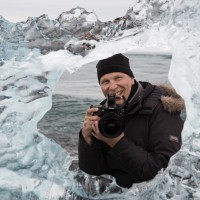 | Marc Pelissier PRO Thanks a lot Miro for this great compilation. It is always a great source of inspiration with such variety and quality from the 1x family. That first picture is amazing and striked me when I saw it before that article. I love alos the fact that you chose to handle the topic with yourself multiple perspective ;-)
And finally always honored to have some images selected
Thanks |
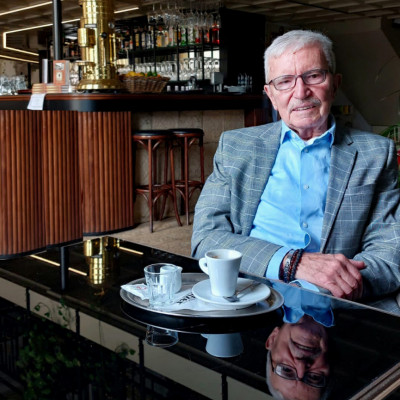 | Miro Susta CREW Marc, many thank for your nice comment and appreciation. Greetings Miro. |
 | Lourens Durand CREW Wonderful article and image selection, Miro. |
 | Miro Susta CREW Many thanks for your appreciation Lourens. |
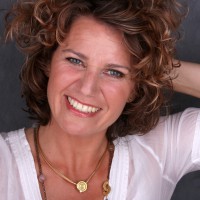 | Martina Stutz PRO Beautiful and inspiring images. An amazing selection and excellent examples for different perspectives. Congratulations to all authors and many thanks to Yvette and Miro for the fine article! Warm regards, Martina |
 | Miro Susta CREW Thank you Martina for nice words of appreciation. |
 | Ralf Eyertt PRO fantastic article and samples of perspectives |
 | Yvette Depaepe CREW Thanks a lot for your appreciation, dear Ralf! |
 | Jorge Ribeiro Lume PRO So good "perspective" about photography ! Thanks! |
 | Miro Susta CREW Welcome Jorge. |
 | Asuncion Salmeron PRO Wonderful selection of images: It has been a great idea for Yvette to show them. Many times we miss photos that when you discover them you feel ashamed of not having seen them before. Warm greetings. |
 | Yvette Depaepe CREW Dear Asuncion, Editor Miro Susta wrote and selected the images. You're so true that in the articles often there are images you just discover. Thanks and have a great weekend ;-) |
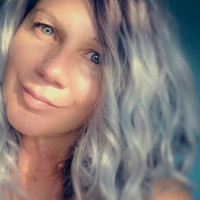 | Roxana Labagnara PRO What a wonderful selection of images to present this article, thank you Yvette and congratulations to all the wonderful artists! |
 | Yvette Depaepe CREW Thanks Roxana! Miro did a great job writing this article! Have a fine weekend, dear friend... |
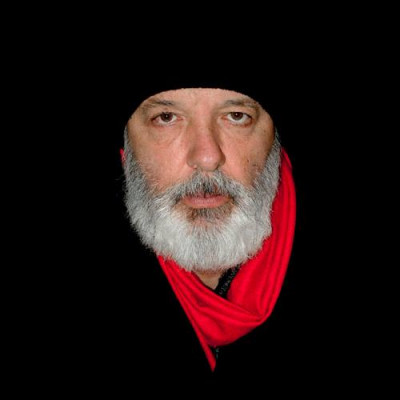 | Massimo Della Latta Fantastiche. Complimenti. |
 | Yvette Depaepe CREW Thanks, dear Massimo! |
 | Miro Susta CREW Many thanks Massimo. |
 | Theo Luycx PRO Miro,
A nice article, well done and thanks also for Yvette. |
 | Yvette Depaepe CREW Thanks for your appreciation, dear Theo! |
 | Miro Susta CREW Many thanks Leo for your nice words of appreciation. |
 | Yvette Depaepe CREW Fine study about the many choices of perspective, Miro! Thanks for sharing this good article. Many congratulations to all the authors. I wish you all a great weekend, cheers Yvette |
 | Miro Susta CREW Thank you Yvette. |